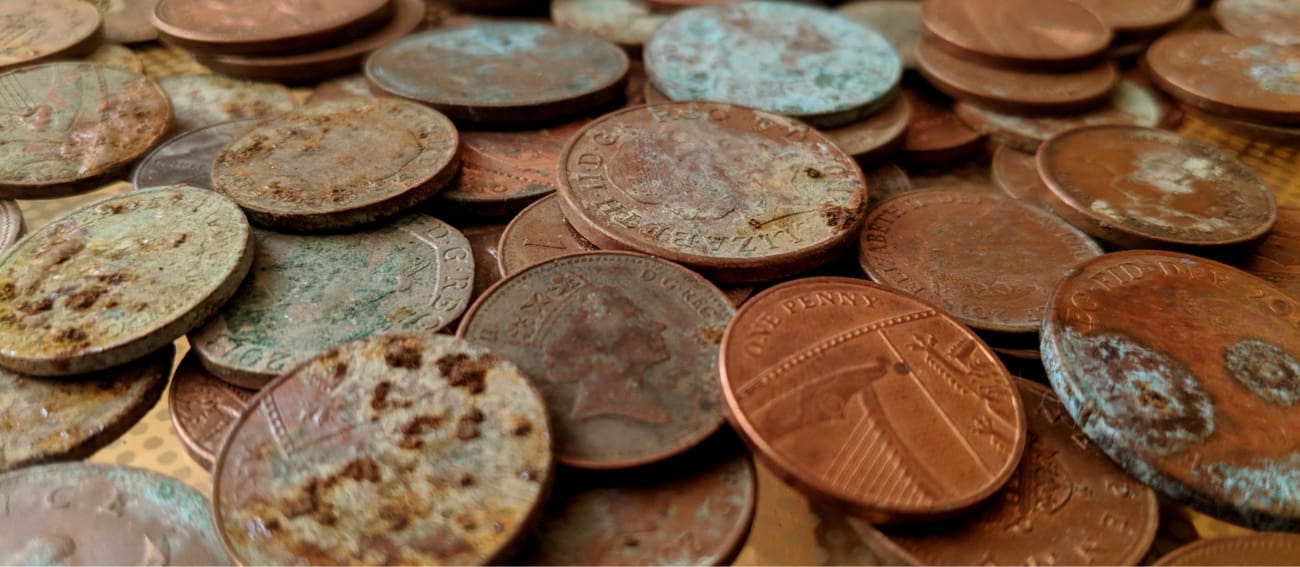Monedas impecables
Objetivo: Limpiar el óxido presente en las monedas de cobre

-
Material de laboratorio
3 placas de Petri
3 monedas de cobre
Papel pH
-
Reactivos
Vinagre
Sal
Agua
-
Preguntas
¿Qué se puede observar? ¿Qué está ocurriendo?
Procedimiento
- En la primera placa de Petri, coloca una capa de vinagre (suficiente para cubrir completamente la moneda). En la segunda placa, añade una capa de vinagre saturada de sal.
- En el tercer plato, añade sólo agua con sal.
- Coloca una moneda de cobre en cada placa de Petri, de modo que quede completamente cubierta por el líquido. Espera 1-2 minutos y observa lo que ocurre.
- Mide el pH de las tres soluciones utilizando papel de pH.
- Enjuagamos bien las monedas con agua y las secamos con papel.

Creemos un futuro más brillante
Únete a nuestro equipo para trabajar con investigadores de renombre, emprender proyectos innovadores y contribuir a avances científicos significativos.
Únete a nosotros!













